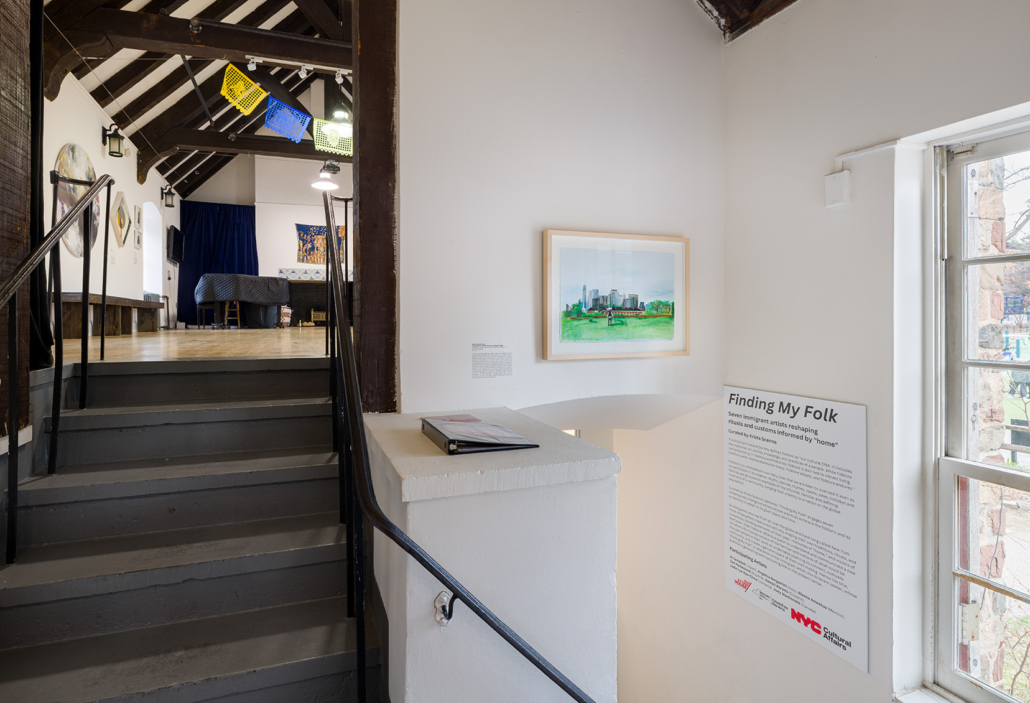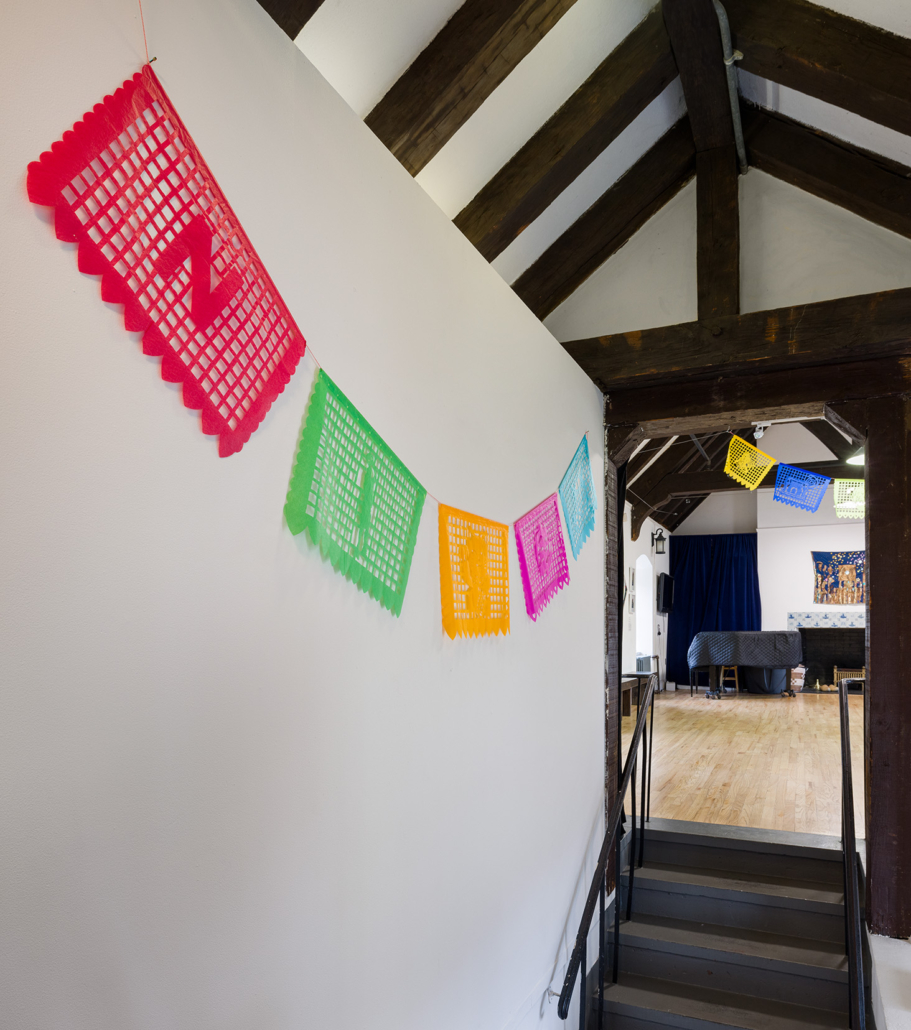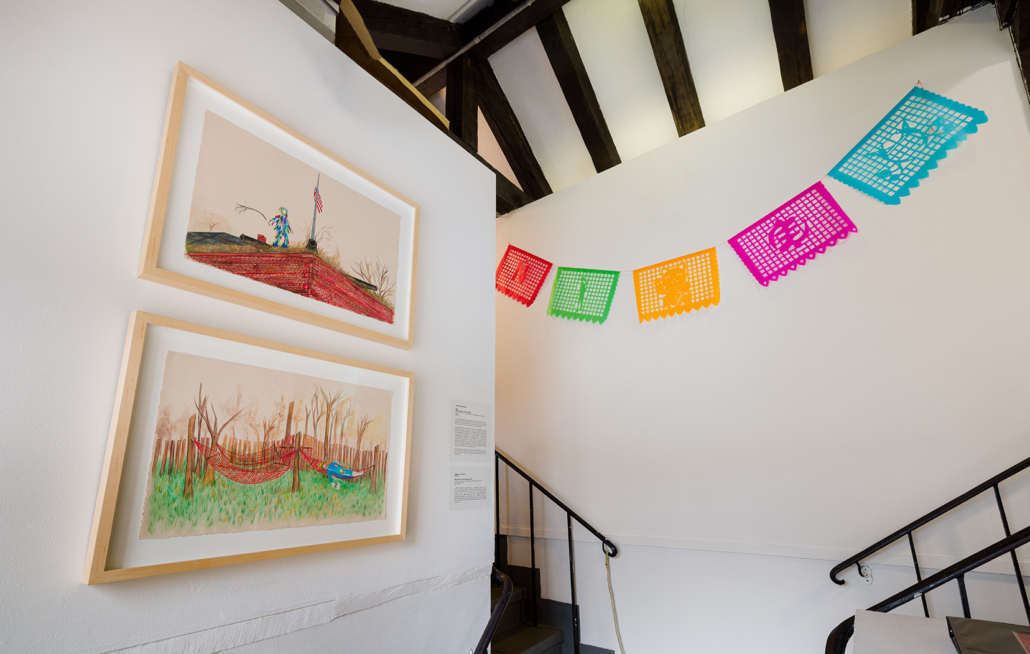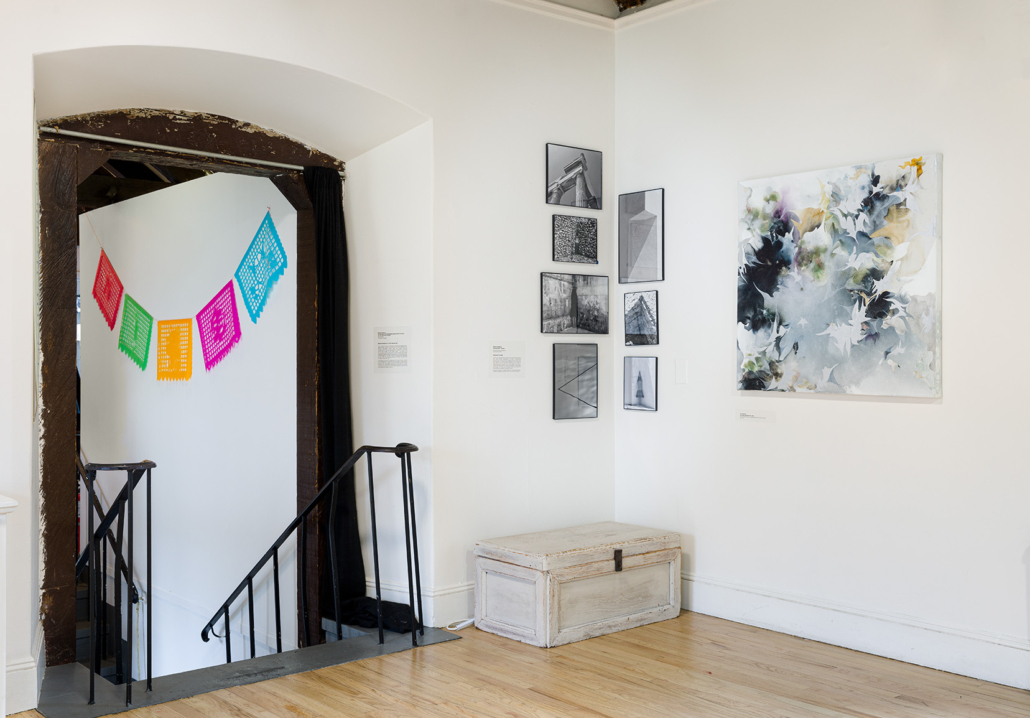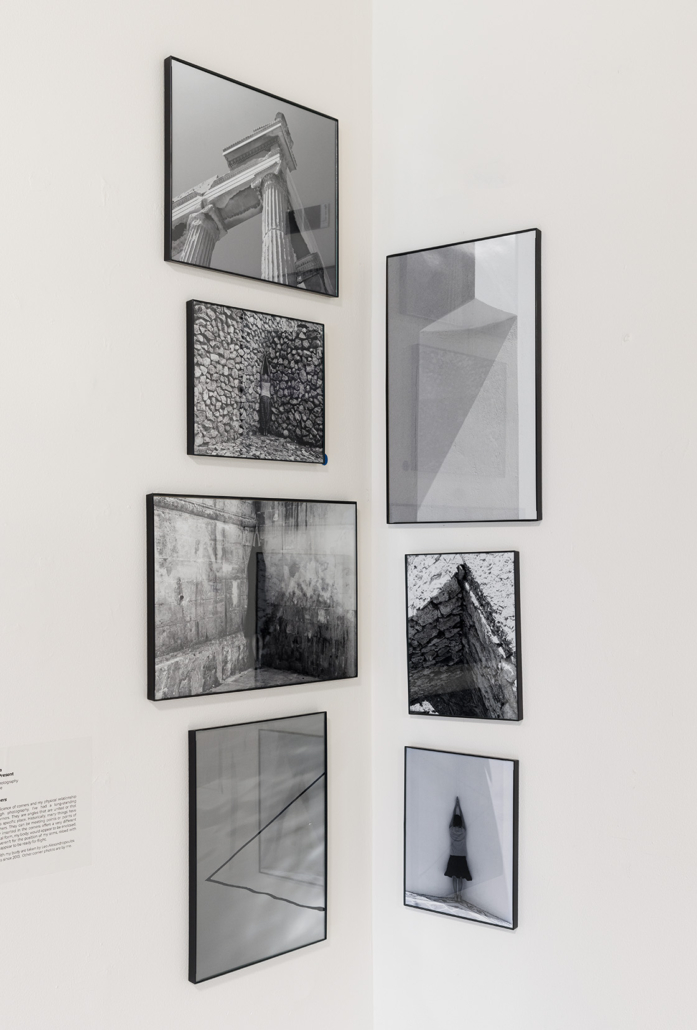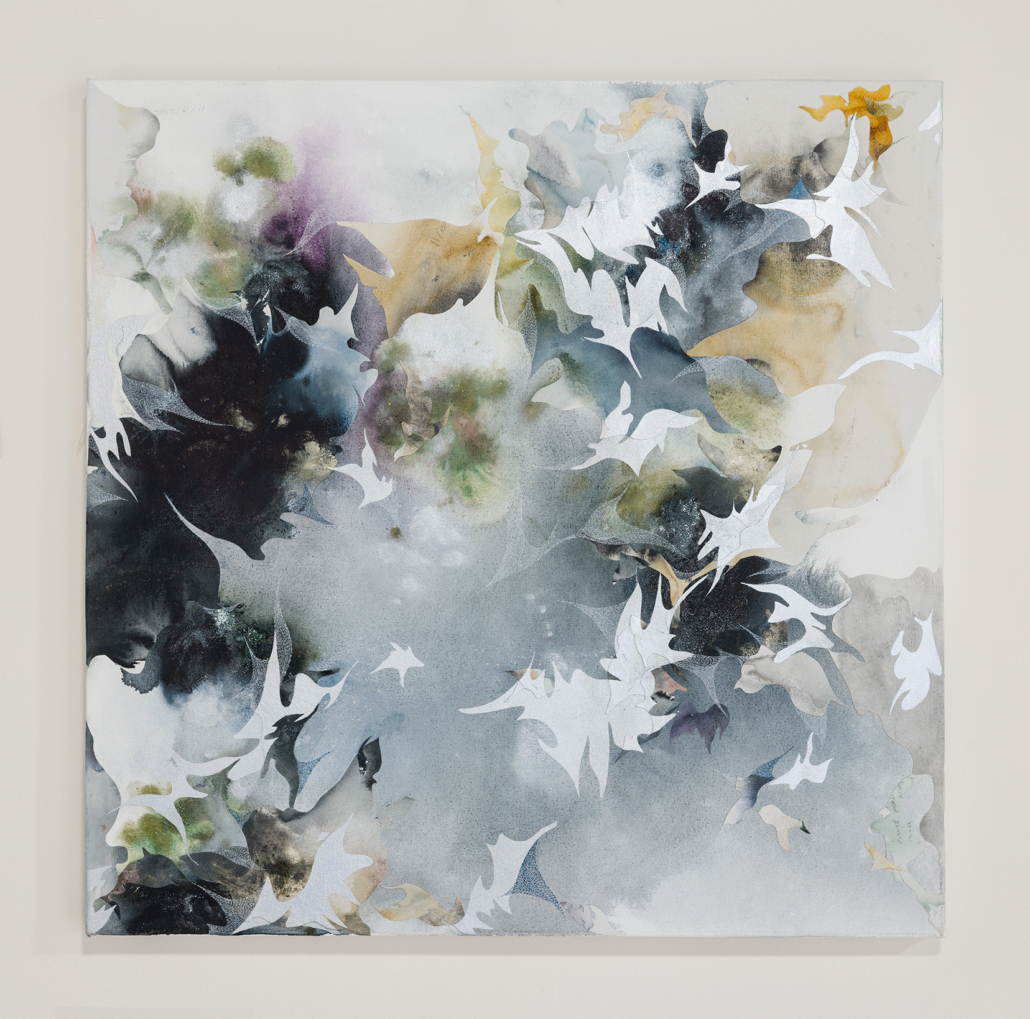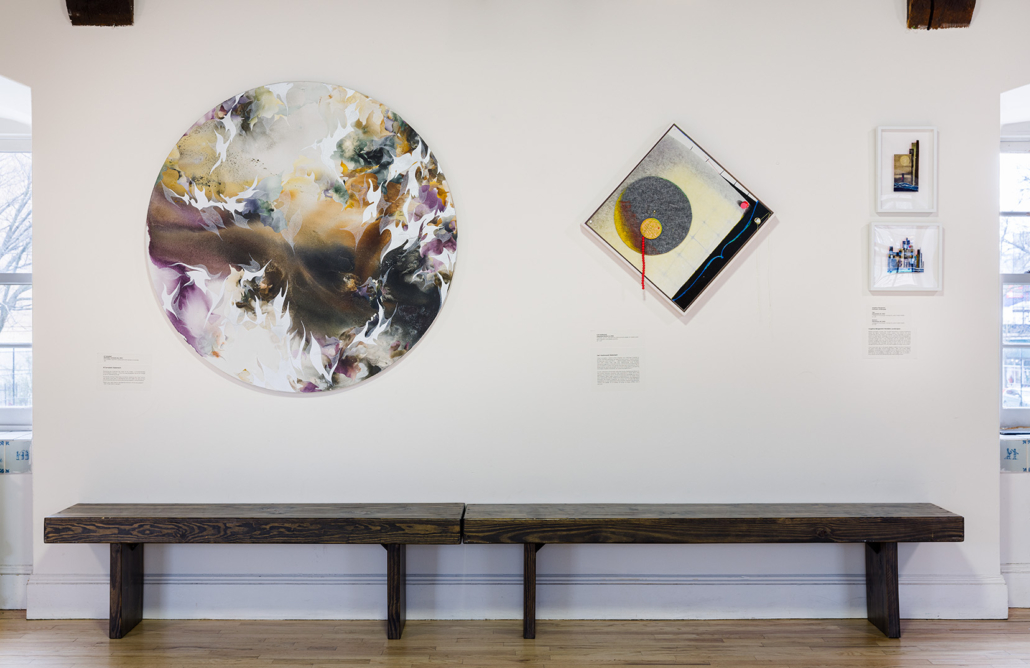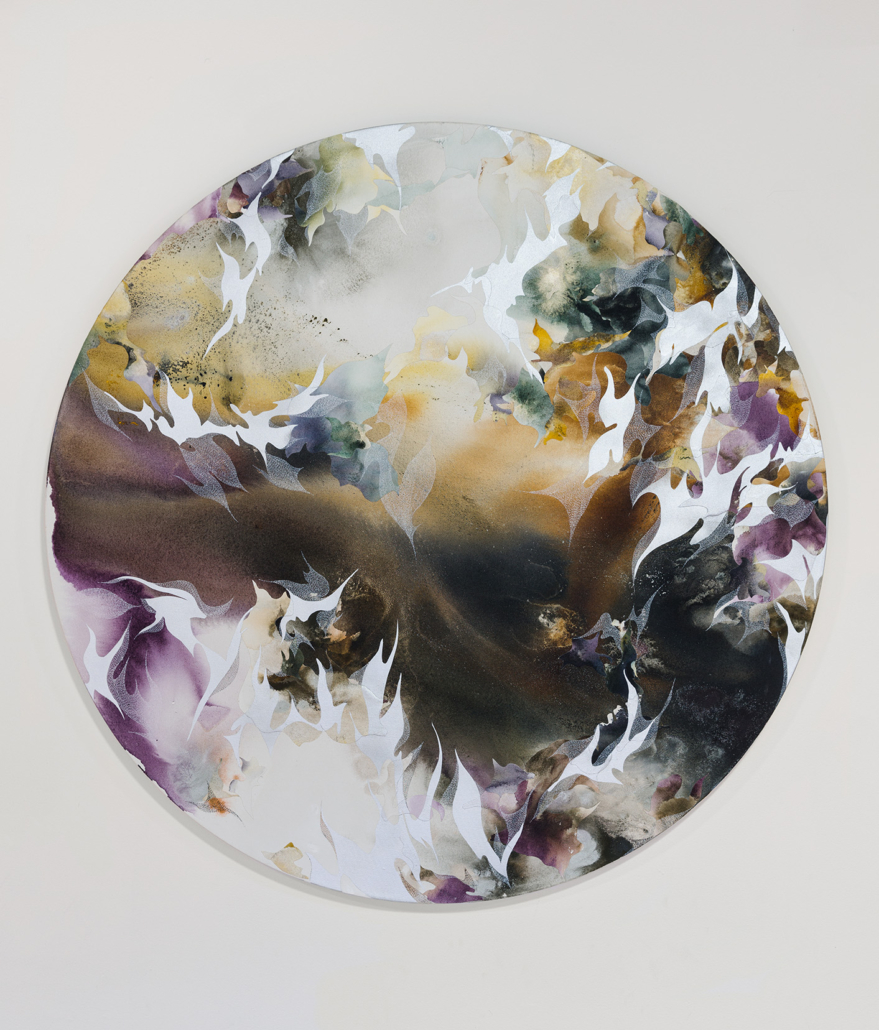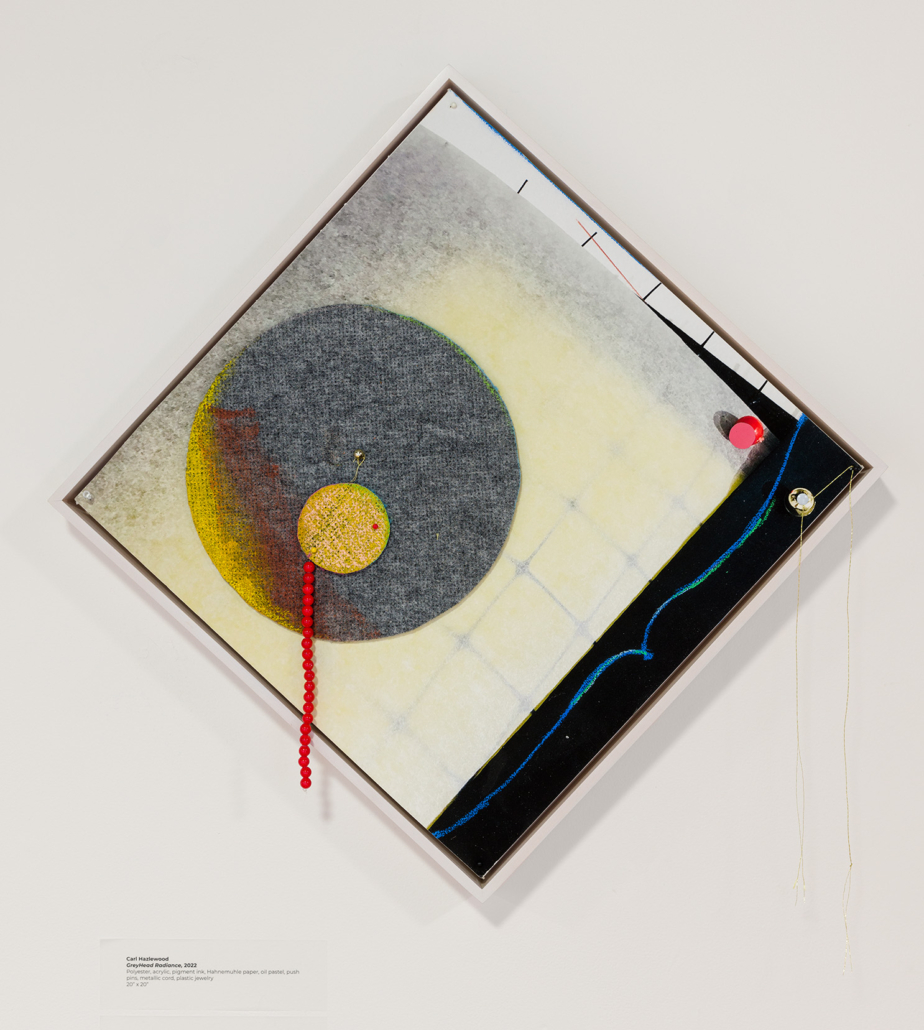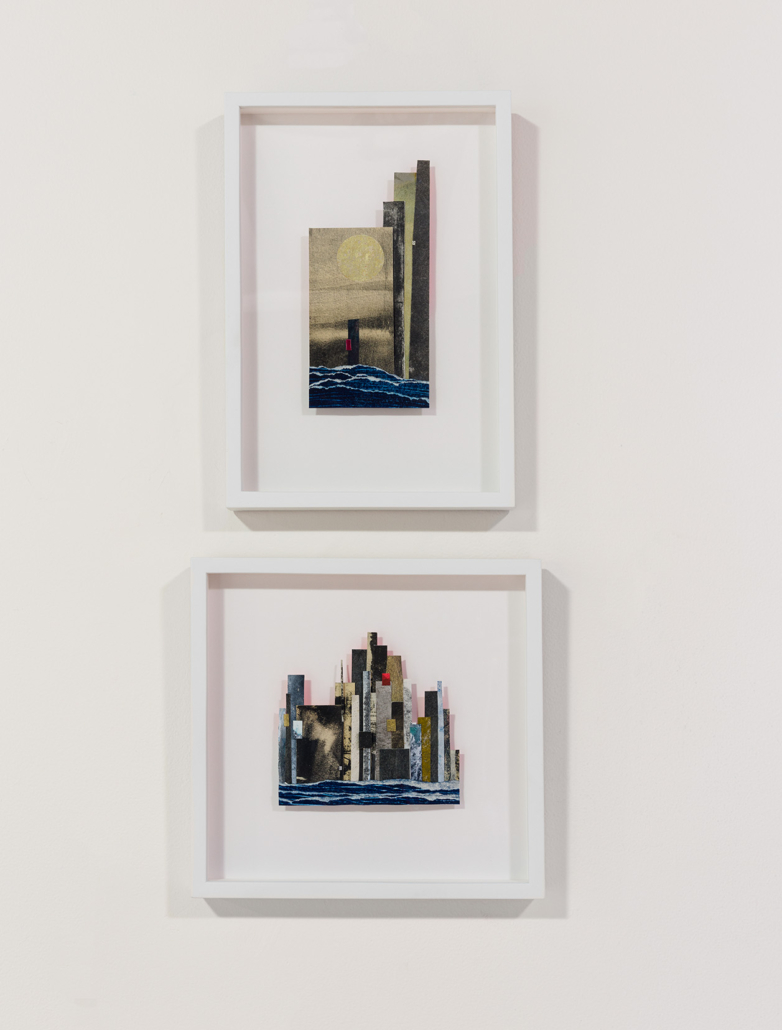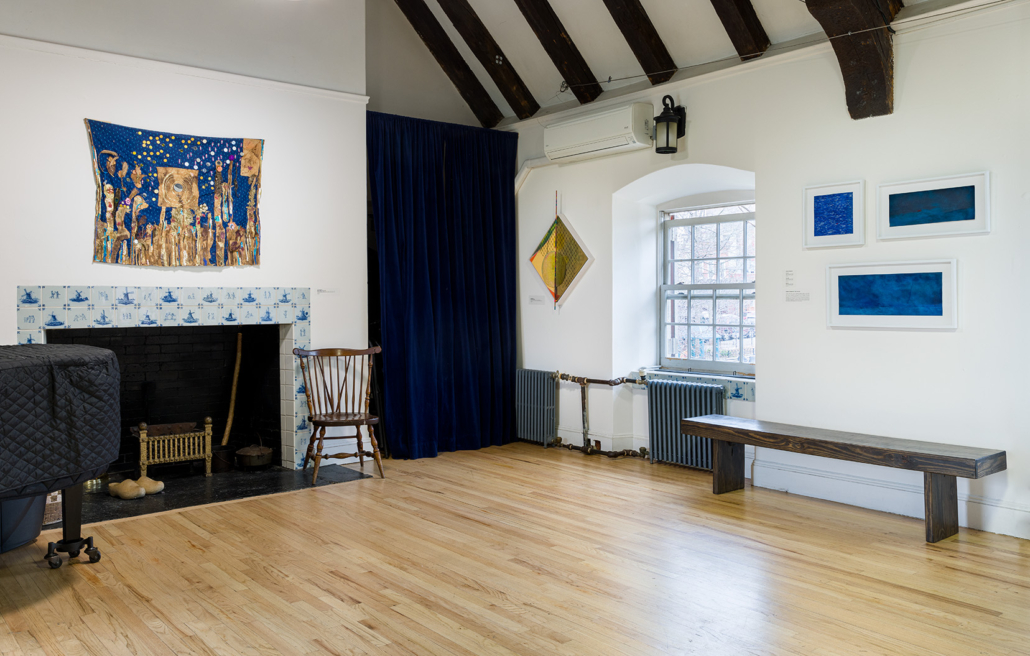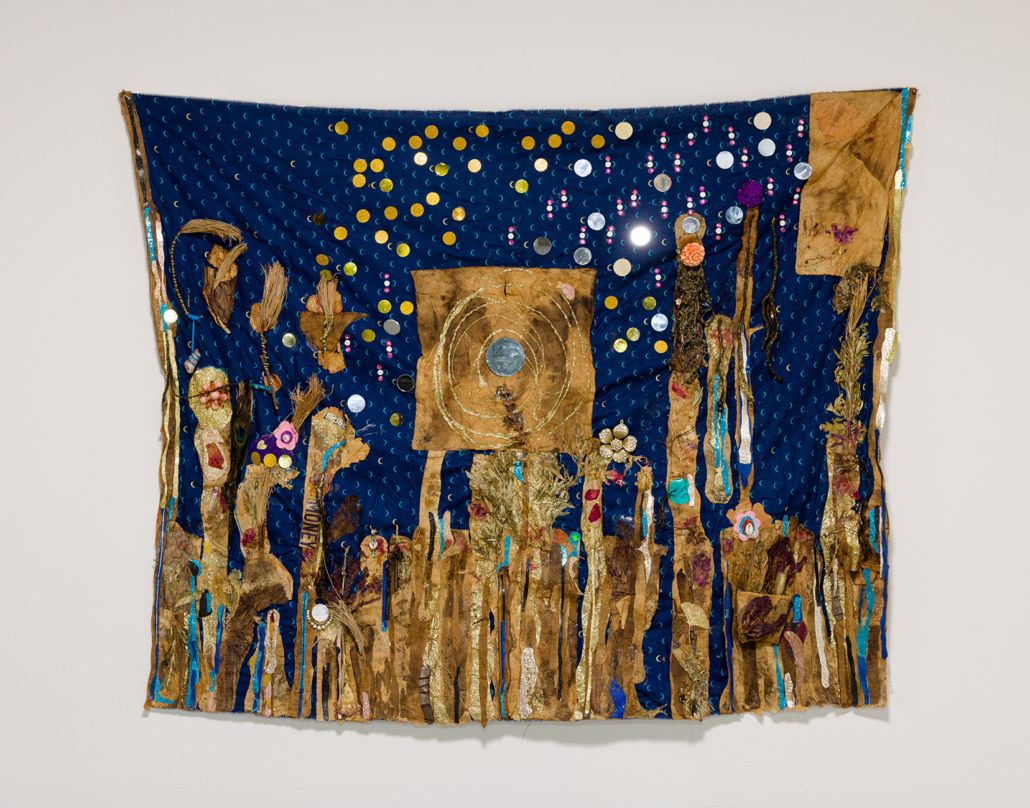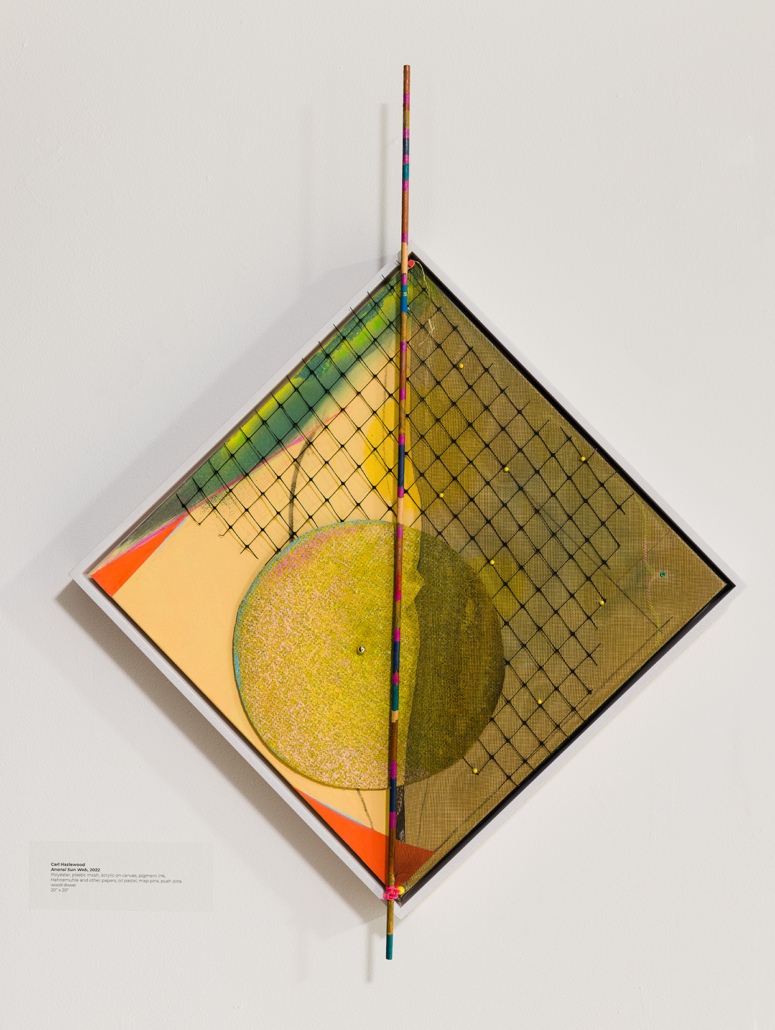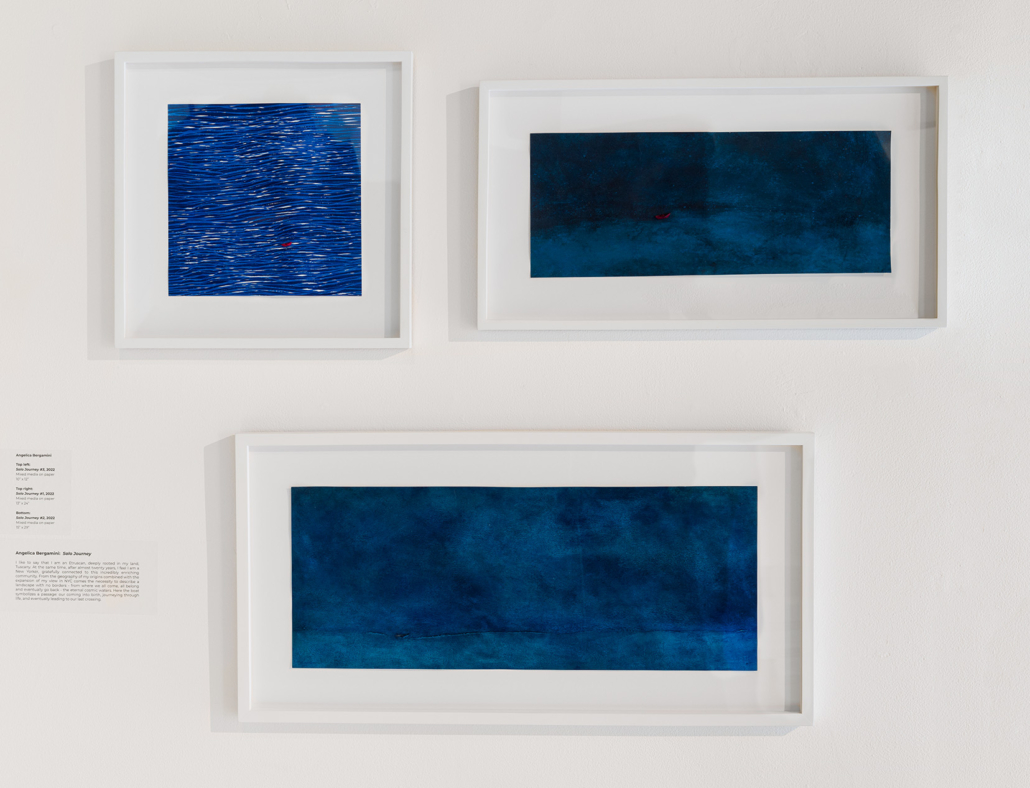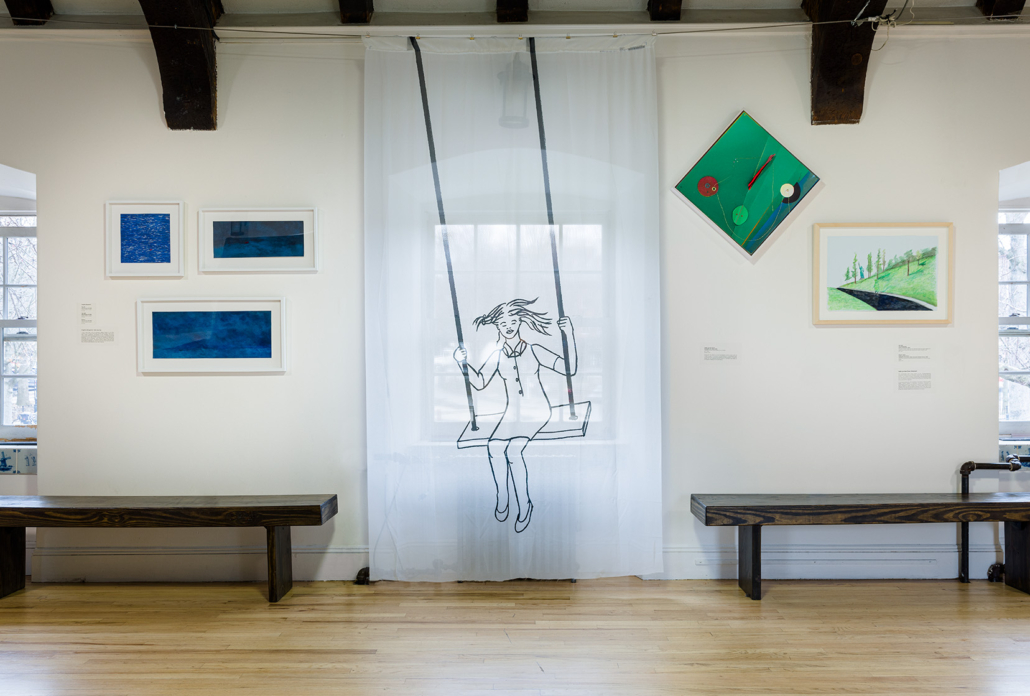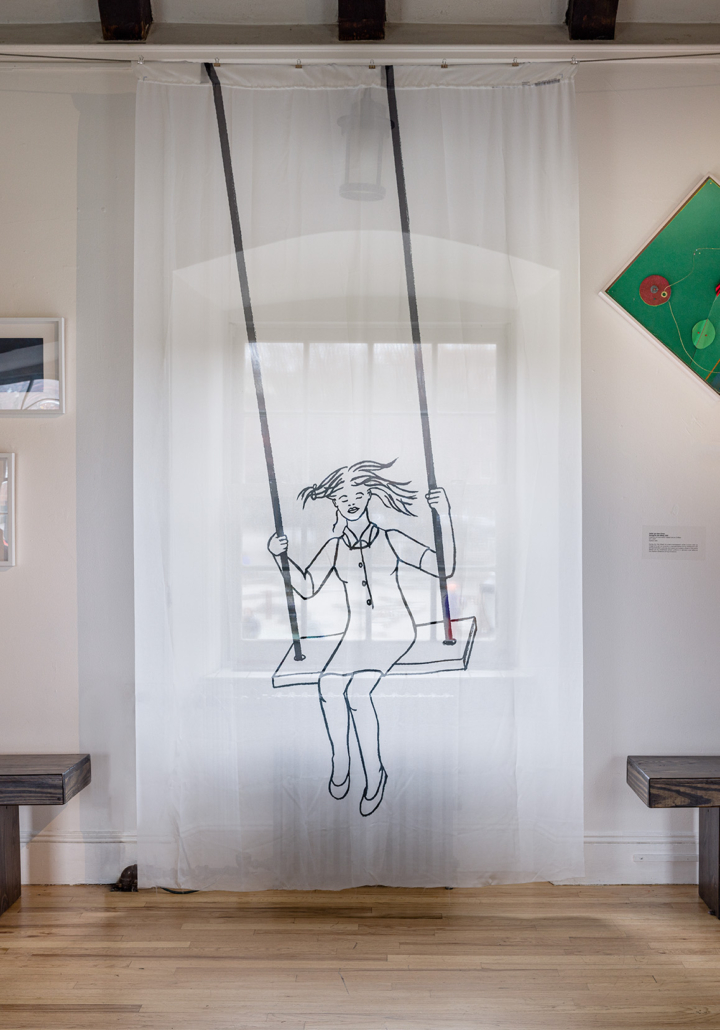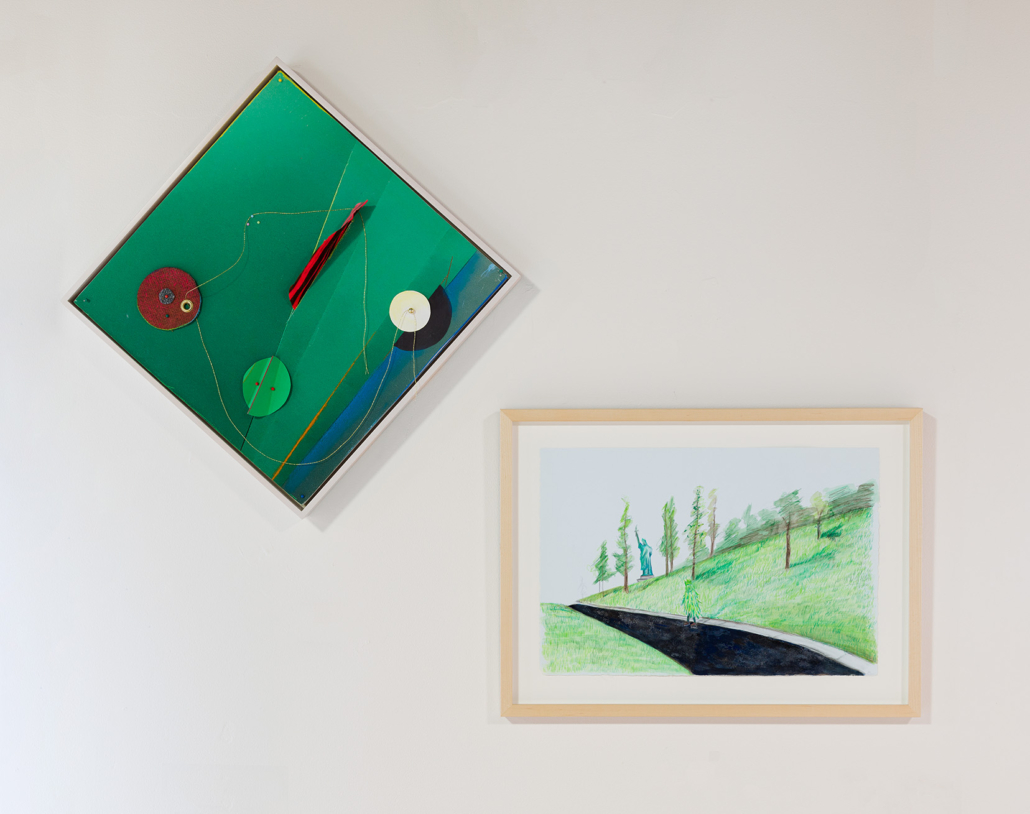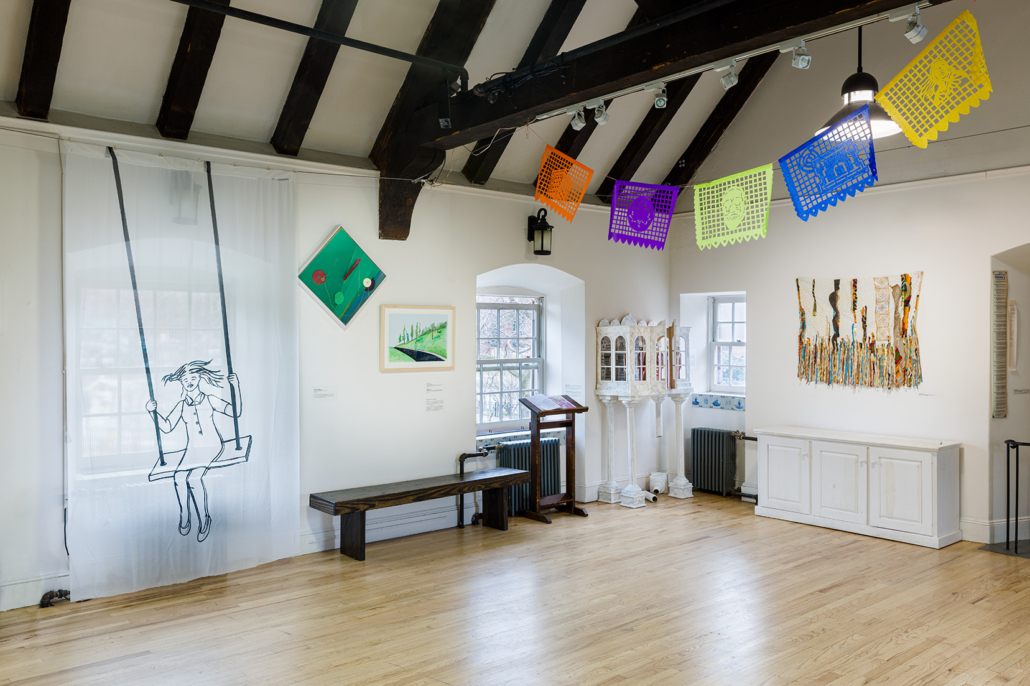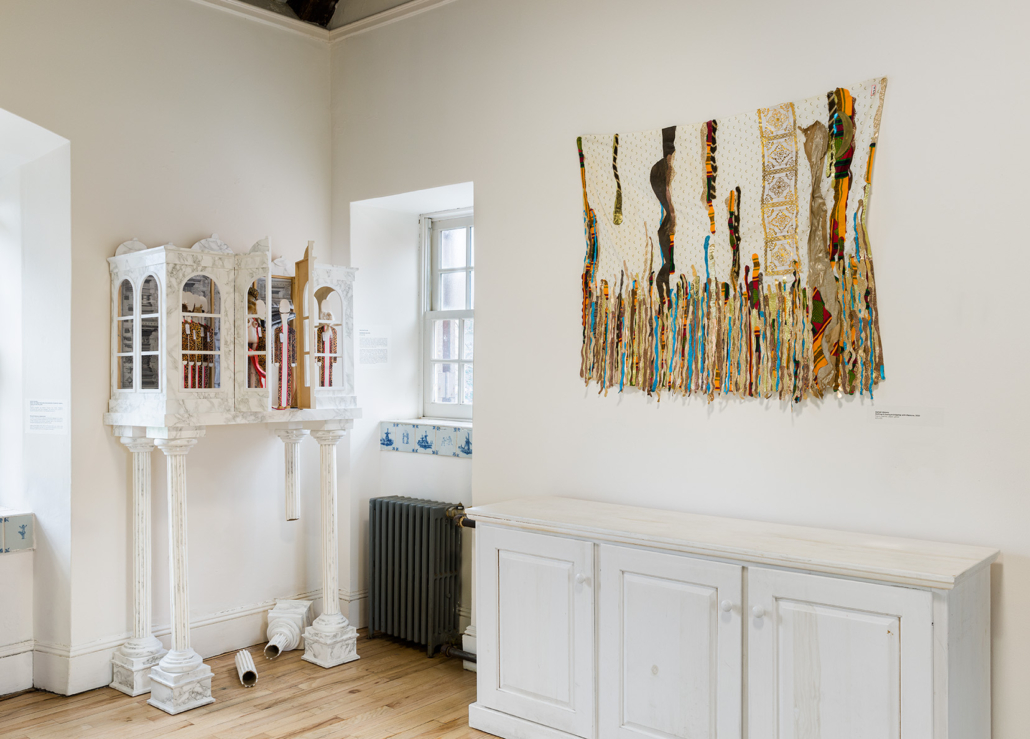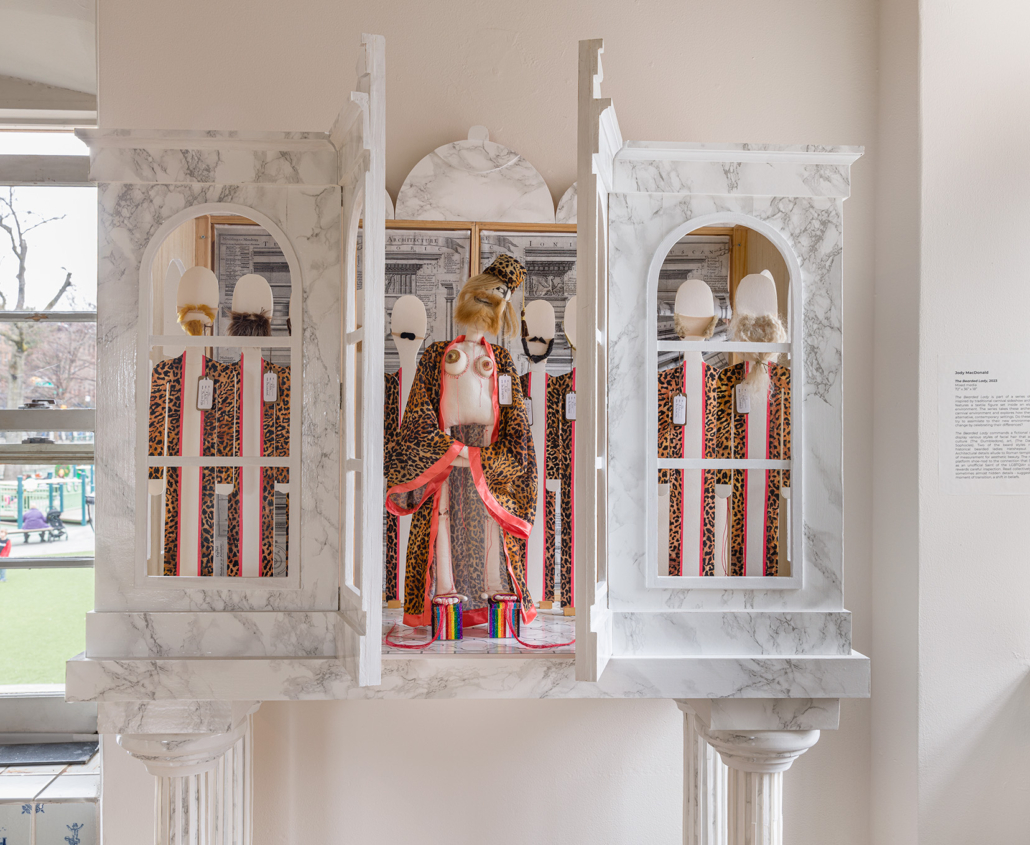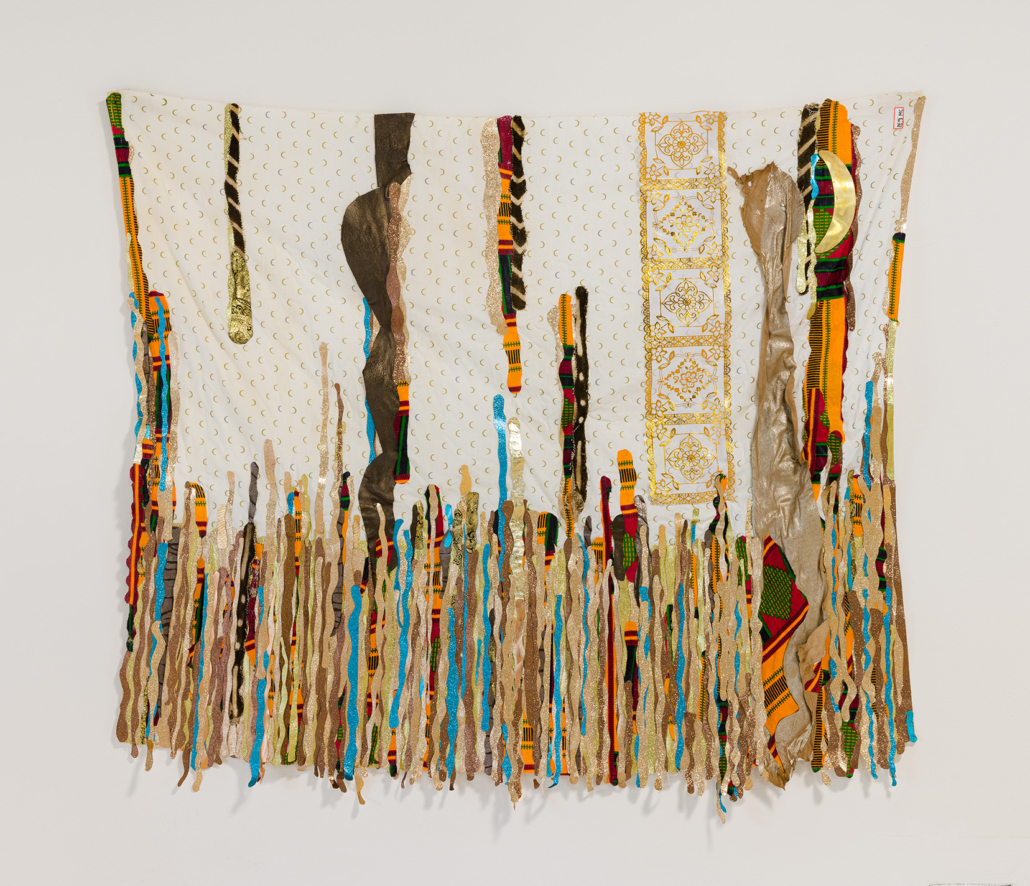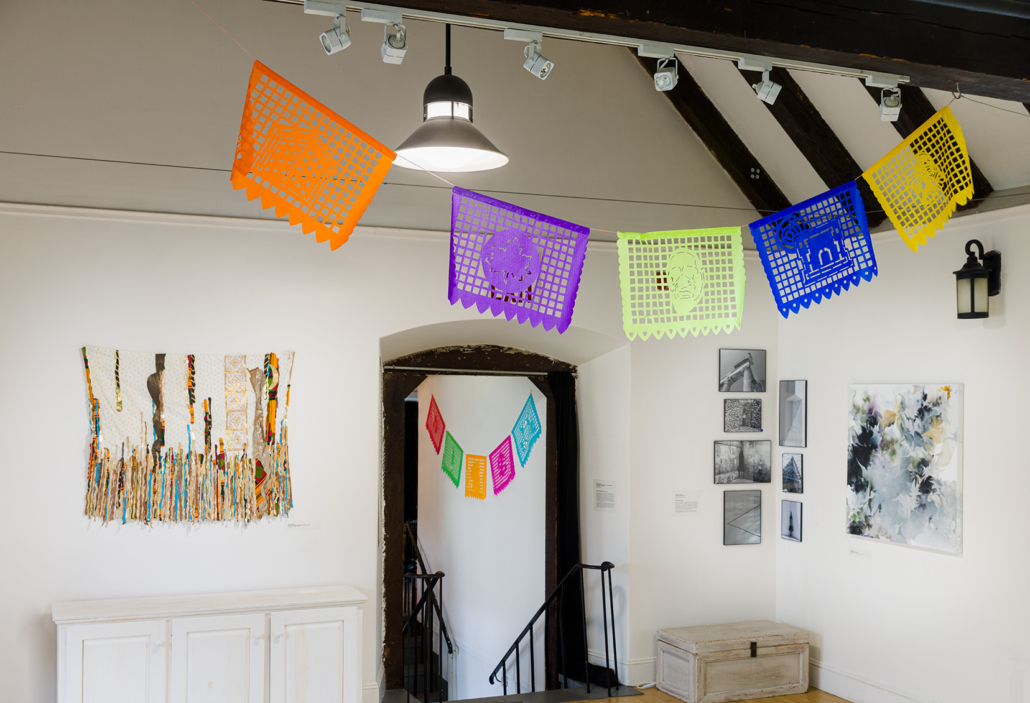This Exhibit is past. Visit our Exhibitions page for information on the current programming.
Finding My Folk
Seven immigrant artists reshaping rituals and customs informed by “home”
Artists: Ai Campbell, Angelica Bergamini, Blanka Amezkua, Carl E. Hazlewood, Damali Abrams, Jodie Lyn-Kee-Chow, & Jody MacDonald
Enjoy this virtual tour slide show of the exhibition, photographed by Etienne Frossard.
On View: March 3 – April 10, 2023
Opening Reception: March 3 2023 from 6 – 8 pm
Public Program: March 12, 3 – 5 pm. “Glitter Priestess Mad Tea Party”, hosted by artist Damali Abrams. The artist shares herbal remedies to alleviate the stresses of daily life and current affairs.
Overview:
The American Folklore Society defines folklore as “our cultural DNA. It includes the traditional art, stories, knowledge, and practices of a people. While folklore can be bound up in memory and histories, folklore is also tied to vibrant living traditions and creative expression today. Folklore adapts, and folklore endures.”
Folklore is so embedded in our daily lives that we are keen to overlook it even as we participate in its creation. Myths, dances, rhymes, toasts, jokes, holidays and festivals are all common examples of the informal, familiar and defining traditions of a community (ranging from a family to a nation or the global population).
Curated by Jamaican-born independent curator Krista Scenna, “Finding My Folk” engages seven contemporary immigrant artists whose practices embrace the folkloric and its propensity to adapt to its given place and time. As immigrants who hail from all over the globe and have long called New York home, these gifted creators are actively shaping their own traditions, rituals, and customs by blending elements of their past, memories of “home,” and visions of the future. Their folklore reflects a quest to understand and communicate a new narrative informed by notions of the familiar with notions of what could be. One also senses in their work an undeniable yearning to connect, cultivate community, and create a genuine space of their own making. Hence the title, “Finding My Folk”: a reference to the immigrant artist, the itinerant seeker, whose practice is generating and translating folk in the present sense.
Ai Campbell’s “Seamless” paintings reflect the artist’s recent fascination with Buddhism’s interpretation of time as one eternal moment – the “now” – that unifies both past and future. Rediscovering this philosophy on the heels of a simultaneous death and birth in her family, Campbell found solace in this concept upon returning to her homeland of Japan on an extended visit and embracing Buddhism in a way that had eluded her as a child growing up surrounded by its influence. In these paintings, the artist experiments with time and the mundane by blending collages of older work with new layers of paint and incorporating “to-do” lists and appointment reminders that cross her mind as she toils in the studio.
Angelica Bergamini’s, “Solo Journey,” references her family of mariners and how water connects the land of her birth with her chosen land. As such, it speaks to our universal journey through life from the particular (her personal experience) to the universal. “Solo journey” blends the geography of her origins with that of New York City and each boat marks a significant, time-honored passage: birth, navigating life, and ultimately, our last journey.
Blanka Amezkua has been known to blend the traditional polychromatic Papel Picado banners of her homeland, Mexico, with plant life she encounters during various artist residencies. She has trained with seasoned makers of Papel Picado and continues to teach others using traditional tools. Her other body of work, “Corners,” was created – often with the insertion of her own body – into corners throughout Greece: her “third home.” The artist lived in Athens from 2010 – 2016 and documented this action through photography of corners in various architectural forms.
Artist and curator Carl Hazlewood will debut mixed-media abstract work referencing Anansi: the cunning spider of Caribbean folklore with origins in West Africa. The daughter of Guyanese parents and a Queens native, Damali Abrams created an artist book combining pages from her father’s 1996 publication, “Metegee: The History & Culture of Guyana” with her own original artworks as a celebration of Guyanese folklore and a depiction of the first generation Afro-Caribbean experience. Also hailing from the Caribbean, artist Jodie Lyn-Kee-Chow re-introduces the Jamaican Junkanoo carnival experience by performing her version of this storied myth on historic sites (such as Governors Island) in order to acknowledge the legacy of the Caribbean. Artist Jody MacDonald sculpts intricate, freak show archetype figures by hand and removes them from their carnival environment to explore how they might emigrate into alternative, contemporary settings: a midcentury modern backyard, a museum, a Brooklyn hipster bar. She poses the question: Do these displaced archetypes try to assimilate to their new environment or do they honor and celebrate their differences?
Participating Artists:
Ai Campbell (Japan)
Angelica Bergamini (Italy)
Blanka Amezkua (Mexico)
Carl Hazlewood (Guyana)
Damali Abrams (Guyana)
Jodie Lyn-Kee-Chow (Jamaica)
Jody MacDonald (Canada)
About The Curator:
Krista Scenna is a Jamaican born independent curator and gallery owner based in Brooklyn, NY. She earned her BA in Art History and Spanish from the University of Pennsylvania and her MA in Interdisciplinary Contemporary Art from the XE: Experimental Humanities & Social Engagement program at New York University.
Featured image by Jodie Lyn-Kee-Chow, photographed by T. Pelichet.
This exhibition is made possible, in part, by the New York City Department of Cultural Affairs and the New York State Council on the Arts, as well as the New York City Council Cultural Immigrant Initiative through the support of Councilmember Lincoln Restler.



